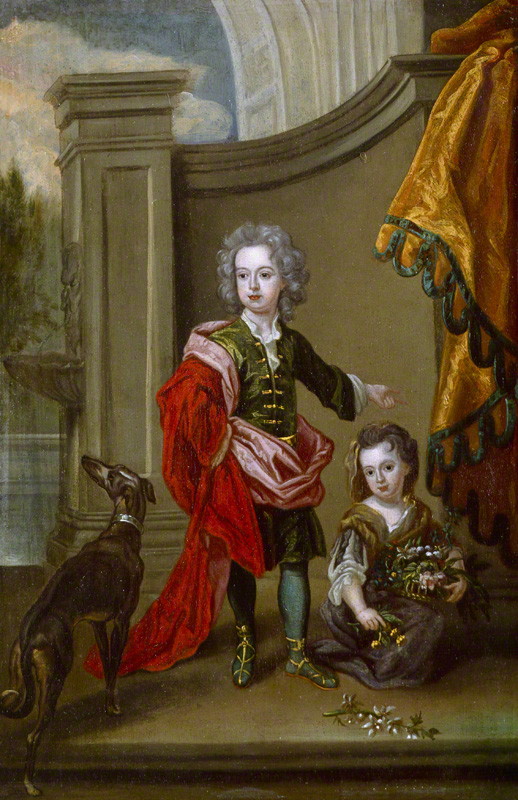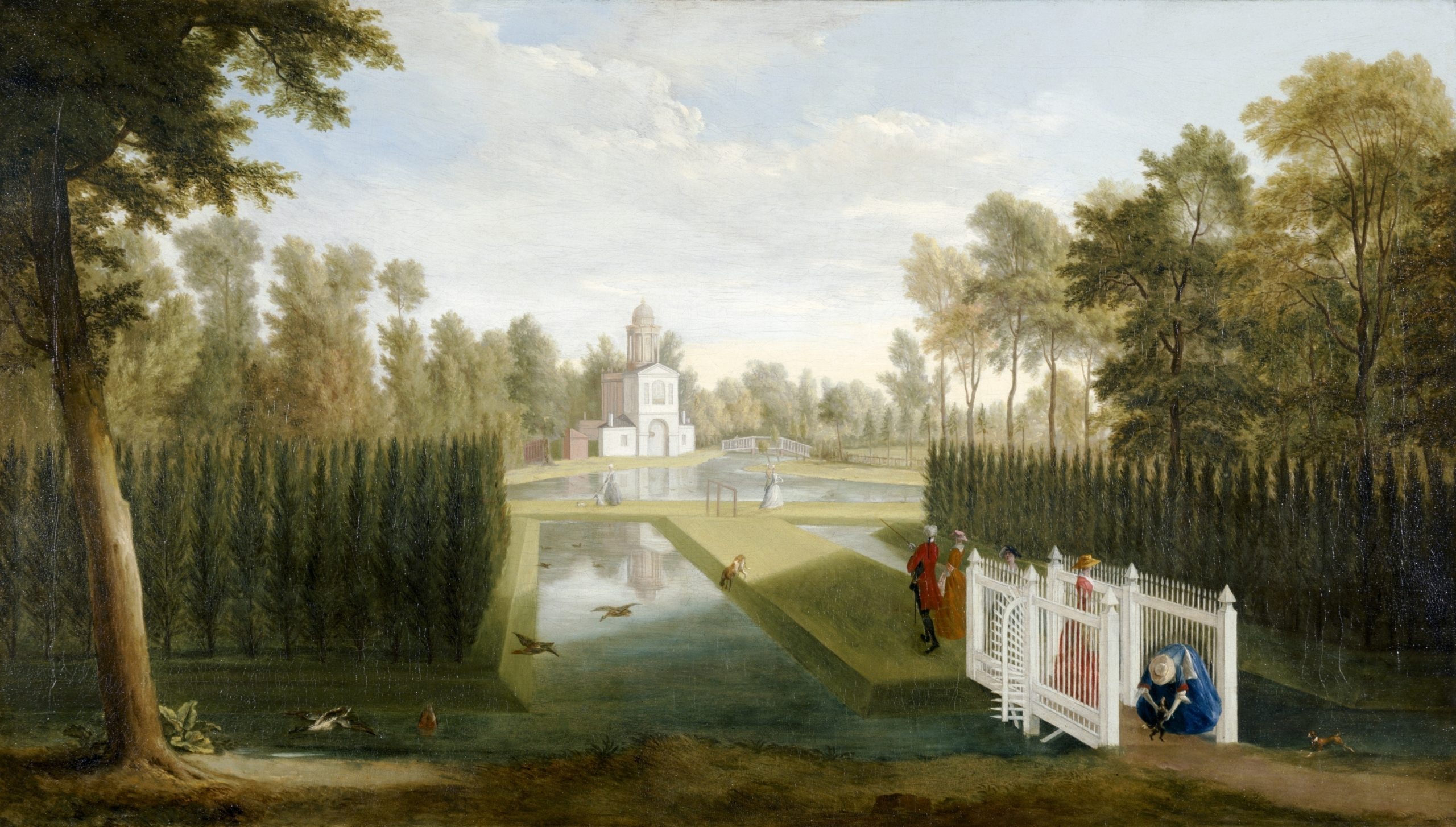An A to Z of the Chiswick House Archives: B for Burlington
B is for Burlington
In our volunteer archivist Cluny Wells’ A-Z of Chiswick House connections, B is for Burlington.
Richard Boyle, 3rd Earl of Burlington and 4th Earl of Cork – was a nobleman known as ’the architect Earl’. An amateur architect, he was greatly influenced by classical landscapes, buildings, garden features and statues of Italy viewed on his two Grand Tours of Europe in 1715 and 1719. He was also very impressed by the work of the 16th century Italian architect Andrea Palladio, and the British architect who followed him in the 17th century – Inigo Jones.
We consider Burlington, with Kent, to be at the forefront of the English Landscape Movement as they adapted and enlarged the Gardens at Chiswick. From his Grand Tours he brought back artworks, statues and ideas, and a gang of talented friends he made on the way, such as William Kent and Handel.

Early life
Burlington grew up in Londesborough, Yorkshire, not far from Bridlington where Kent had lived as a boy – which could explain the bond which grew between them. His father died when he was nine, and he lived with his widowed mother, Juliana, and was educated by private tutors.
Social life
As a creative person, Burlington gravitated towards other creative people. His close friends were people like William Kent, Alexander Pope, Handel and the actor and playwright David Garrick. He was kind and generous to his friends – letting Handel, Kent and Pope live at Burlington House. Indeed, Kent lived there for the rest of his life.
Political life
Burlington took his seat in the House of Lords as soon as he was able (the day after he came of age) and attended very frequently to begin with but his attendance lessened over time. The ‘Lords’ Journals’ keep a record not only every day he was present, but also which issues interested him. He was a leading peer of the Whig party, who took an independent line.
Burlington, who was more than likely a Jacobite, although covertly, in line with most English Jacobites would never have consented to an official Catholic State.

Architectural projects
Burlington’s first design in 1717 was the Bagnio or Casina in the gardens at Chiswick, described as the ‘first essay of his Lordship’s happy invention’, by Colen Campbell, the architect who was advising him at that time.
By 1720 he had designed the other two houses of the pate d’oie, the Ionic Temple, the Deer House and the Orangery. He designed approximately 25 more projects around England, between 1720 and 1745, including Holkham Hall in Norfolk (which is considered a larger version of Chiswick House) in collaboration with William Kent and Thomas Coke.
Even though the Earl had finished building the Chiswick Villa in 1729/30, he and his wife Lady Dorothy and family remained living in the large Jacobean house for the rest of their lives. He resigned from Court and the House of Lords in 1733 when he also stopped his architectural work, although he did attend governmental hearings which were of interest to him and would give advice on constructions in a consultancy role. Burlington died at Chiswick House, aged 59.
Sources used:
- Lord Burlington, Architecture, Art and Life. Barnard,T and Clark, J.
- Chiswick House Gardens. Jacques, D.
- The Third Earl of Burlington and his Architectural Projects. Pound, R. (Archive article)
- Chiswick House and Gardens. Clegg, G.
- Image: Painting of Lord Burlington, aged around seven, with one of his sisters, Lady Jane Artist. Anonymous; after Sir Godfrey Kneller, early 1700s. Wikimedia Commons.